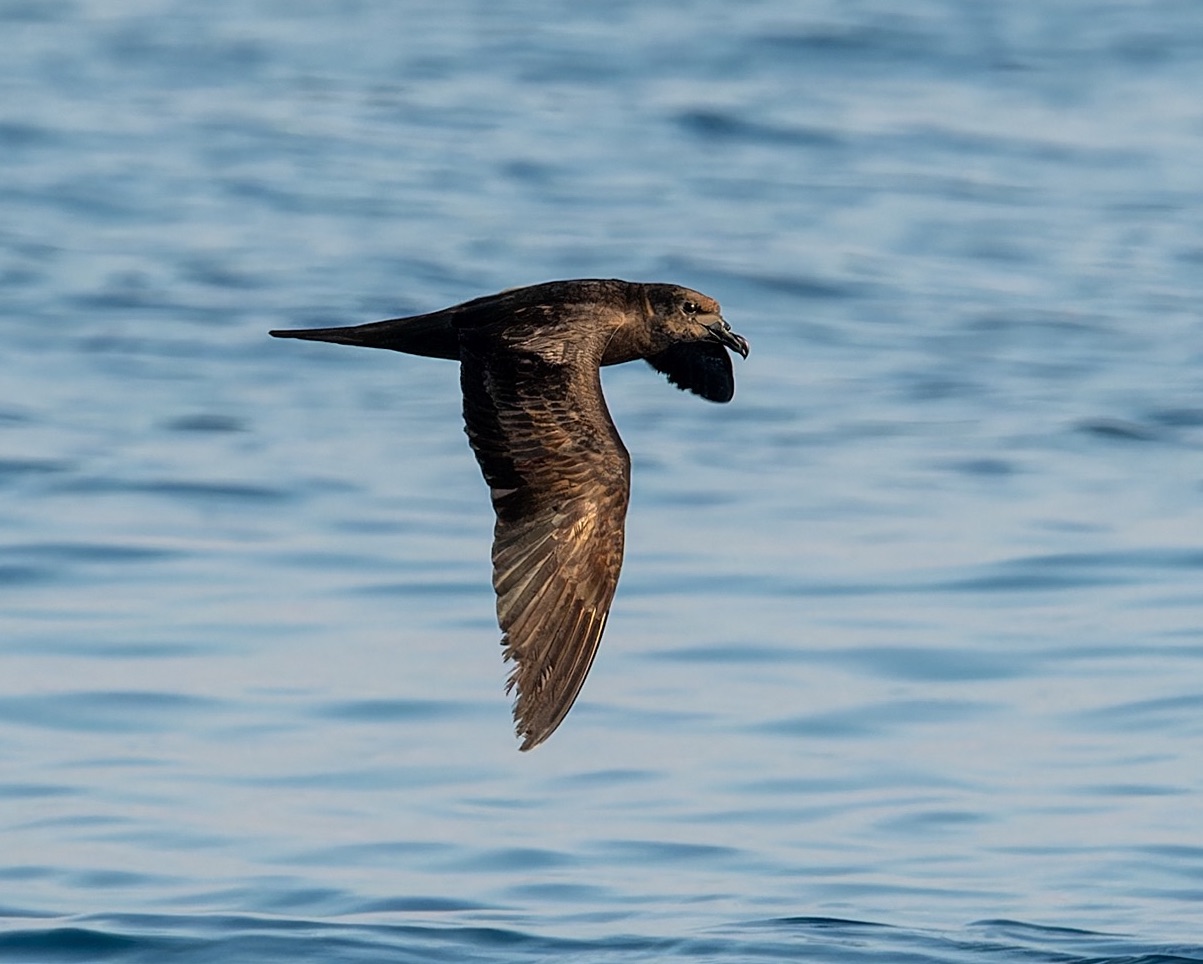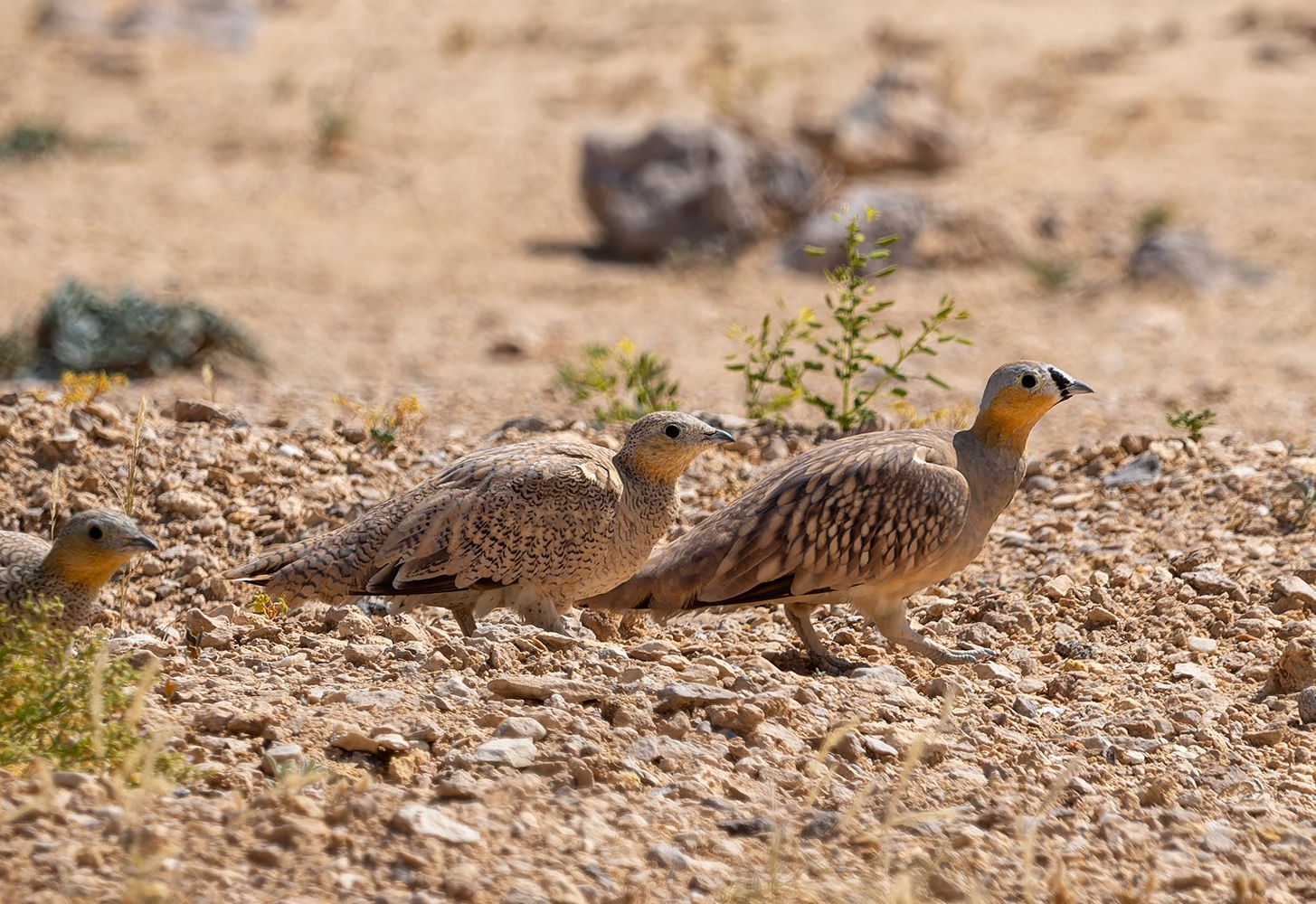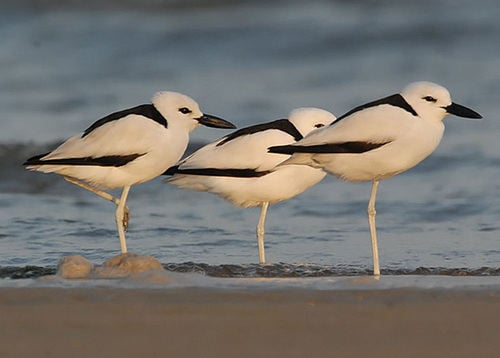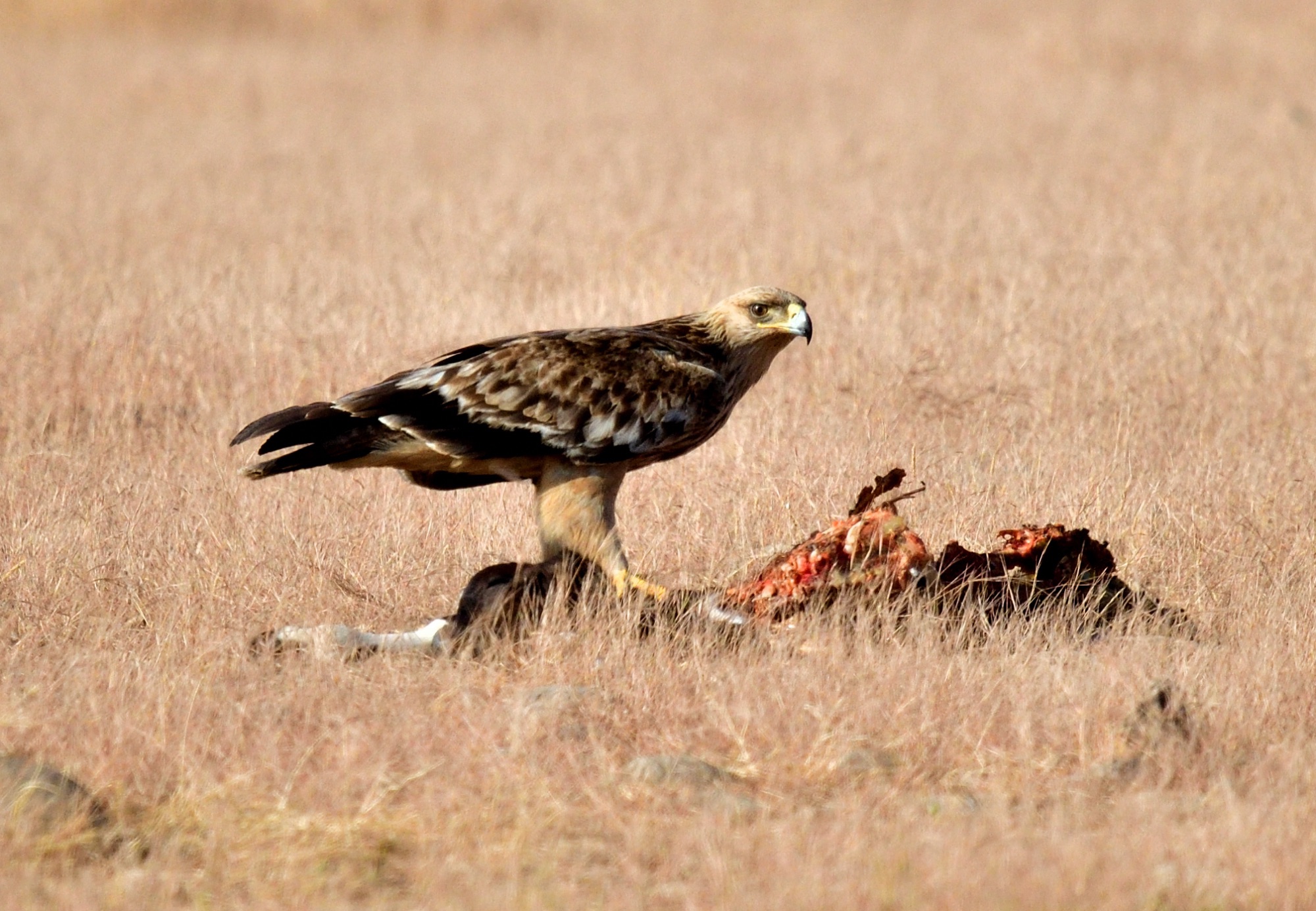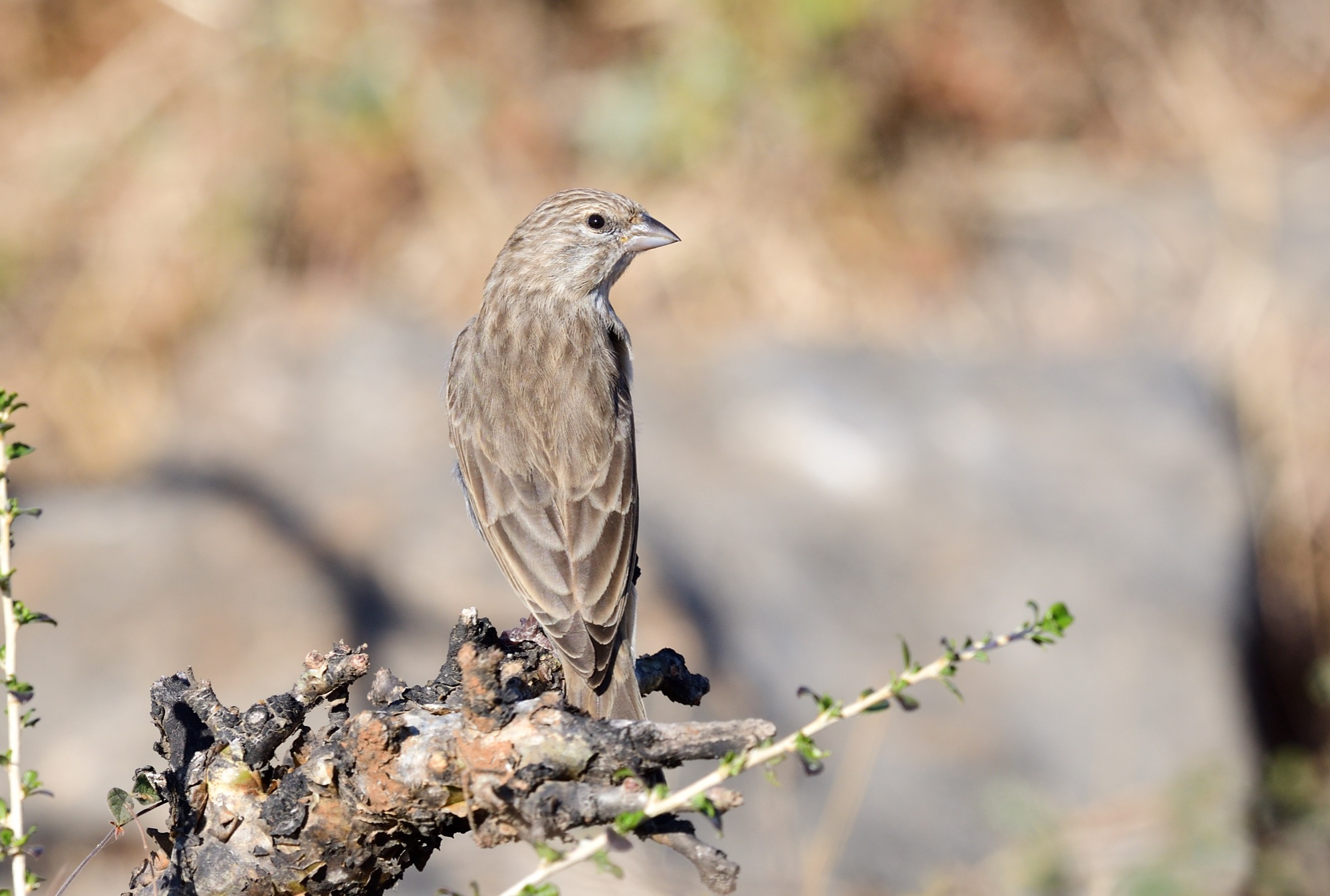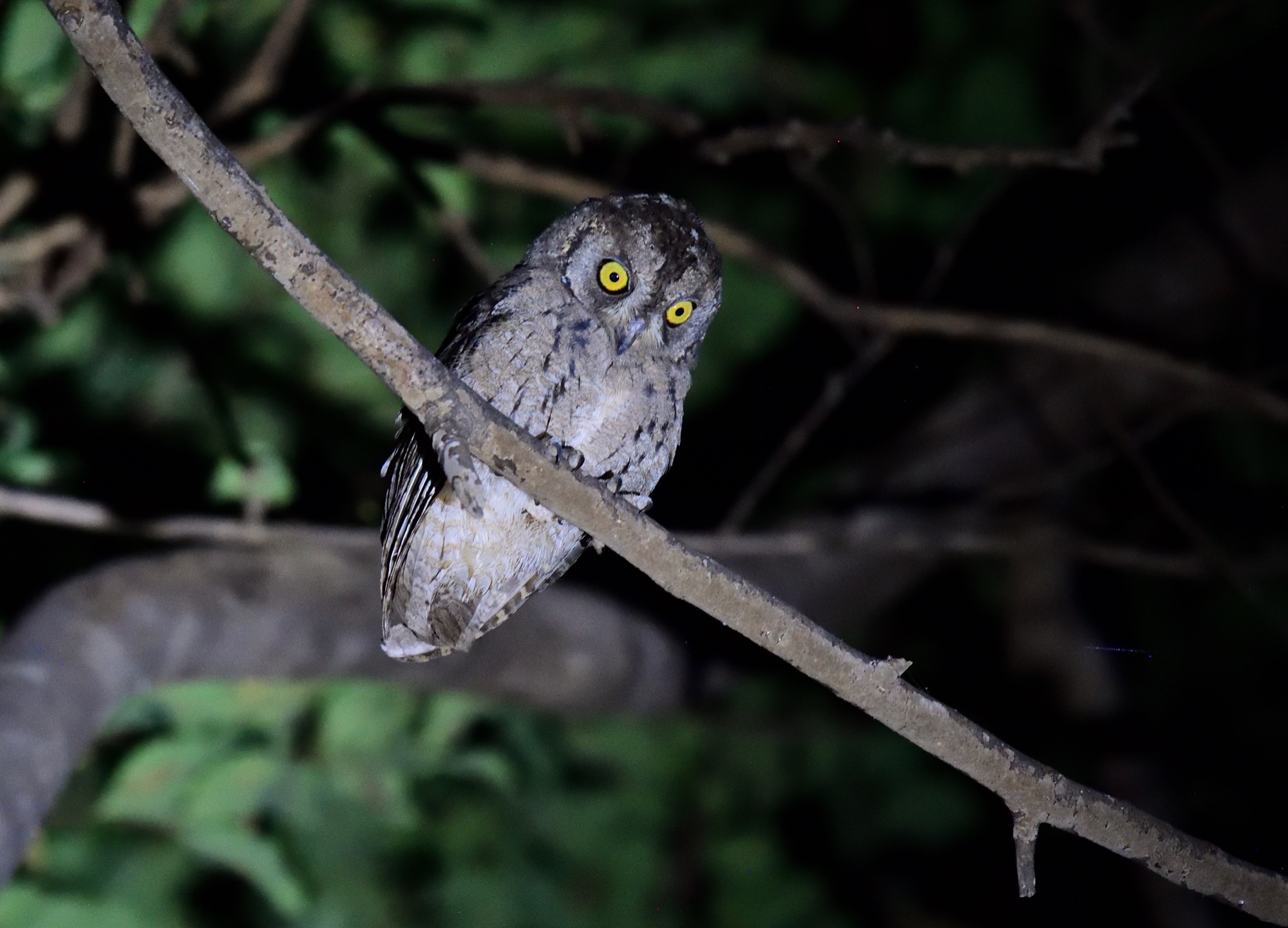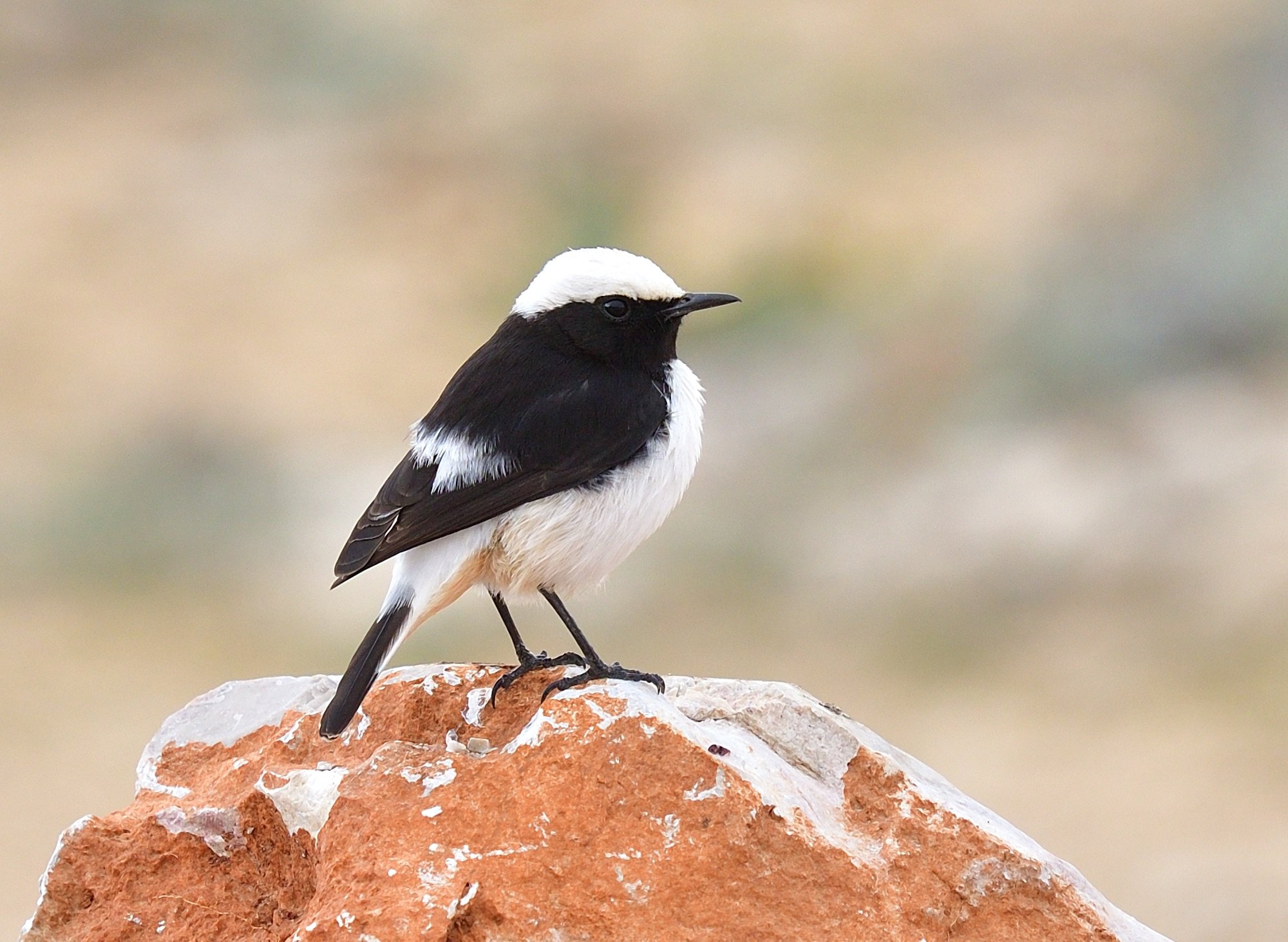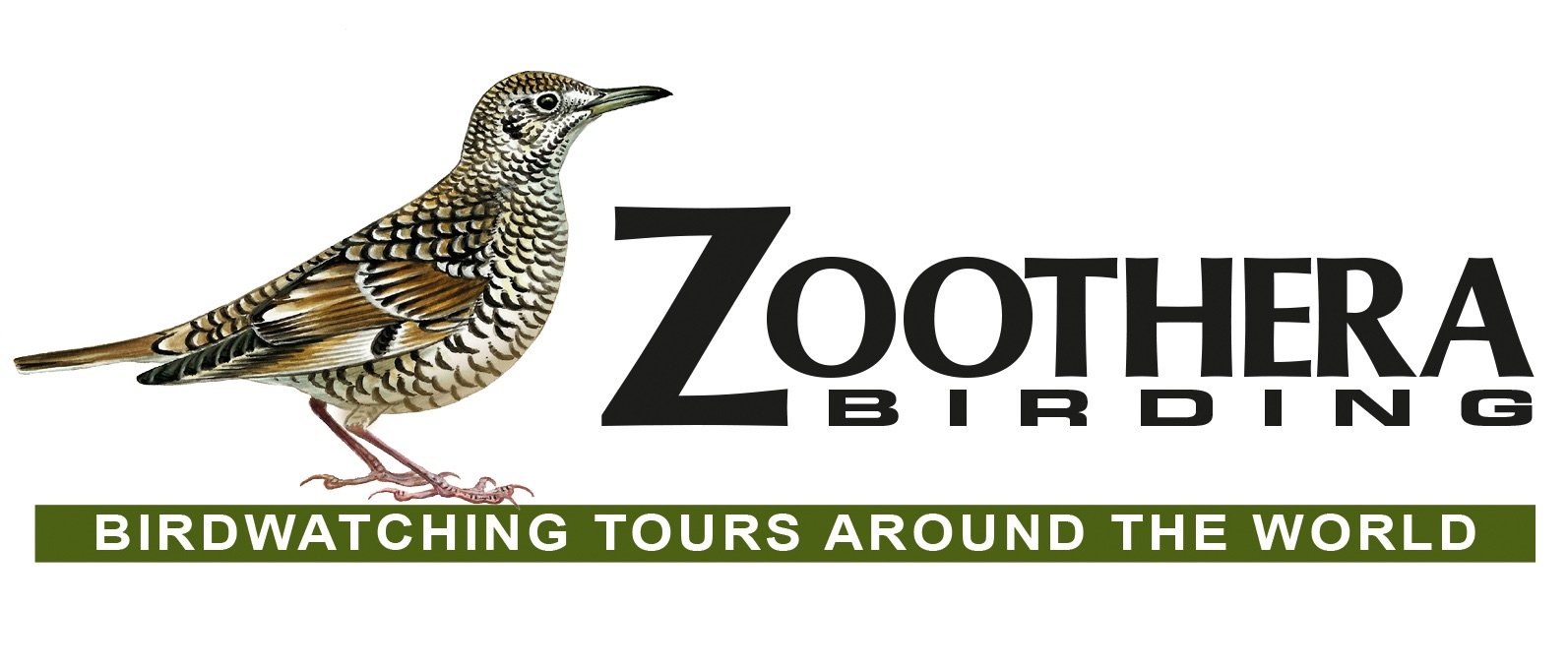CLASSIC OMAN BIRDING TOUR
Oman really is the Jewel of Arabia when it comes to birding destinations in the Middle East. Combining a fascinating range of Arabian endemics and specialities along with an ecletic mix of Asian and African species too, plus a selection of Western Palearctic migrants and wintering visitors! We will begin at Al Ansab Lagoons where Yellow Bittern & Grey-headed Swamphen reside amongst the waterside vegetation. And we follow this with a boat ride out to Al Fahal Island where there should still be a few Sooty Falcons lingering at the end of their breeding season, along with Red-billed Tropicbird. Beginning in the scenicly splendid Sayq Plateau we will search several different wadis for Omani Owl - only discovered in 2013. Having seen the owl on several occasions, we have now discovered our own site for this much-wanted species, which is away from the wadi that every other tour group visits! These northern areas are also good for Lappet-faced Vulture, Pallid Scops Owl, Red-tailed and Hume's Wheatears, Arabian Babbler, Streaked Scrub Warbler, Plain Leaf Warbler, Long-billed Pipit and we have even discovered a roosting site for Pharaoh Eagle-Owl. Moving on to the shorebird extravaganza at Barr Al Hickman and it's thousands upon thousands of shorebirds including the most-wanted Crab Plover, we will also stay two nights on Masirah Island, dubbed as Arabia's very own Fair Isle! it is indeed a migration hot-spot with many extremely rare species found here over the years, and in January 2025 we found the 5th Common Hawk-Cuckoo for Oman here and in November 2025 we saw Shikra, Forest Wagtail, and 3 Asian Koels! On the opposite side of the bay we can check for the local race of Collared Kingfisher and there is an outside chance of Indian White-eye, a small population of which resides in the mangroves here.
We will eventually head inland deep into the 'Empty Quarter' or Rub al Khali, and reach the Al Ghaftain Motel and the deserts could provide Cream-coloured Courser, Greater Hoopoe Lark & Asian Desert Warbler. The grounds of the hotel attract yet more migrants and now with a new road leading here there's more chances at finding a rarity amidst some isolated 'green' spots on the drive as well. From here, it is roughly an hour to get to Muntesar Oasis and we will make two visits. One at night for Egyptian Nightjar and hopefully the pair of Sykes's Nightjars we saw at the beginning of 2025 will have returned to winter - only the 2nd record for Oman! The following morning we will arrive shortly after dawn and search the oasis for migrants such as Turkestan & Daurian Shrikes, and who knows what else we could find here & as the morning progresses flocks of Chestnut-bellied and Spotted Sandgrouse fly in to drink. The rarity potential here is enormous and in November 2025 we saw the 1st Plain Martin for Oman! Heading south we will visit Shisr Fields where more exciting migrant chasing will be done, and in recent years there has been a small flock of Sociable Lapwings present - and in November 2025 we found a superb male Eversmann's Redstart. it is also the best site for Cream-coloured Courser and a variety of commoner migrants passing through including flocks of White Storks and Rose-coloured Starlings. Other notable records include Pallid Harrier, plenty of sandgrouse, Oriental Turtle Dove & Siberian Stonechat amongst some other great migrants. Anything can turn up here from shrikes and flycatchers, to Red Collared Dove, Pied Cuckoo, Bluethroat, Turkestan Shrike, Asian Desert Warbler, Upcher's Warbler, Eurasian Wryneck and Menetries's Warbler.
Moving on to Mudayy we will be looking for Sand Partridge, African Collared Dove, Hooded Wheatear & Nile Valley Sunbird and its most famous inhabitant during the winter months - the stunning Hypocolius. A few years ago we discovered a small drinking pool where 100's and 100's of Chestnut-bellied Sandgrouse fly in to drink from, and there's usually a few Crowned Sandgrouse present as well. And then we head to Salalah for a 6 night stay. What an area we will find ourselves in and there's plenty to find and our first evening here will be spent searching for Arabian Scops Owl and Arabian Eagle Owl. Amongst a long list of target species we also hope to see Arabian Partridge, Sand Partridge, Desert Owl, Blackstart, Arabian Wheatear, Forbes-Watson’s Swift, Arabian Sunbird, Arabian Golden-winged Grosbeak and Yemen Serin. A pelagic from Mirbat could well be the highlight of our time here with Masked Booby, Socotra Cormorant, Jouanin's Petrel, Persian Shearwater and Bridled Tern and Sooty Gull amongst others. There's also an amazing variety of European, African and Oriental species present here to mess with our minds, with species such as White & Abdim's Storks,Yellow Bittern, Little, Spotted & Baillon's Crakes, Pheasant-tailed Jacana, Eastern Imperial Eagle, Pallid Harrier, Bruce's Green Pigeon, Namaqua Dove, Grey-headed Kingfisher, Singing Bushlark, Blue-cheeked Bee-eater, Turkestan Shrike, Abyssinian White-eye and so much more.
We have a pretty decent track record of finding rarities during our tours including Dalmatian Pelican (4th for Oman), African Openbill (1st), Great Snipe, 1st Grey-tailed Tattler, 1st Banded Martin, 1st Hudsonian Whimbrel, 4th Hume's Whitethroat, 7th & 8th Blyth's Reed Warbler, and Black-throated Thrush amongst others. We've also been lucky enough to see the 5th Lesser White-fronted Goose, 2nd Buff-breasted Sandpiper, 3rd Black Heron, very rare Watercock, as well as finding scarce species such as Pectoral Sandpiper, Sociable Lapwing, Caspian Plover, Small Pratincole, Swinhoe's Storm-Petrel, Lesser Noddy, Arabian Tropicbird, Grey-bellied Cuckoo, Malachite Kingfisher, Green Warbler, Paddyfield Warbler and Forest Wagtail.
And from 2026 we have added an extra day, which is a result of our extensive experience resulting from 13 tours to this wonderful country as we feel it warrants more time! Nobody does Oman like us, from discovering new birding sites, to our fantastic field breakfasts & lunches, and now our brand new website to help all birders get the best out of Oman: www.oman-birding.com
Oman is bound to leave you amazed by its avian riches, great hotels, good roads and superb food. So why not?
WEDS 4th - WEDS 18th NOVEMBER 2026
THURS 4th - THURS 18TH NOVEMBER 2027
KEY SPECIES
Here are just a few of the key species we will be targetting on this tour:
Jouanin's Petrel
Persian Shearwater
Flesh-footed Shearwater
Socotra Cormorant
Masked Booby
Sand Partridge
Arabian Partridge
Western (Grey-headed) Swamphen
Lappet-faced Vulture
Crab-Plover
Spotted Thick-knee
Cream-coloured Courser
Spotted Sandgrouse
Crowned Sandgrouse
Chestnut-bellied Sandgrouse
Lichtenstein’s Sandgrouse
Sooty Gull
White-cheeked Tern
Arabian Eagle Owl
Omani Owl
Desert Owl
Pallid Scops Owl
Arabian Scops Owl
Arabian Green Bee-eater
Hypocolius
Forbes-Watson’s Swift
Arabian Babbler
Hume's Wheatear
Arabian Wheatear
Persian (Red-tailed) Wheatear
Streaked Scrub Warbler
Asian Desert Warbler
Ménétries’s Warbler
Arabian Warbler
Plain Leaf Warbler
Nile Valley Sunbird
Arabian Sunbird
Palestine Sunbird
Yemen Serin
Arabian Golden-winged Grosbeak
And hopefully some rarities!
Leader: Nick Bray.
Ground Price 2026: £4450.00 - Muscat/Salalah
Single supplement: £450.00
Deposit: £500.00
Group size: Minimum of 3 and maximum of 7 in 2x SUV's..
Included in cost: Accommodations based on two persons sharing a two-bedded room. All meals from lunch on Day 1 to breakfast on Day 15. Oman Visa from 2026 onwards. We select good hotels convenient to our birding destinations, but at times the only convenient accommodations may be rather simple. All transportation in 4x4's, pelagic out of Mirbat, boat trip to Al Fahal Island, bottled water, soft drinks, juices, tea & coffee & snacks during the day and services of guides
.
Not included: Insurance, any drinks with evening meals and items of a personal nature.
Hotels: The hotels & guesthouses we will use are all of a medium to good quality and within easy reach of the areas we wish to bird. All of them have air-conditioning, hot showers & comfortable beds, and probably the most basic will be at Thumrait, but it is the only option!
Tour Code: A reasonably relaxed birding break for all levels of ability and fitness. The exception to this will be our attempts to see Omani Owl, which will require several hours on at least a couple of nights. Leisurely walking, very occasionally over moderately rough terrain, is the only physical requirement on most days. We may well walk for a few kilometres through some arid wadis, but a lot of our birding will be done near or close to the vehicles. Expect it to be hot during the day and much cooler, especially in the mountains, at night. We provide all food, which includes several picnics out in the field for breakfast and lunches are also usually out in the field at good birding localities.. We also have tea, coffee and juices available during the day, a variety of snacks & fruit and cater for all food preferences/allergies etc. You can't beat having a coffee, whilst scoping a few good birds! Nobody does Oman like us!
Due to Nick's increased involvement in the Oman birding scene we have created a brand new website packed full of information to help anyone considering a visit to this fabulous county. Please go to - www.oman-birding.com
